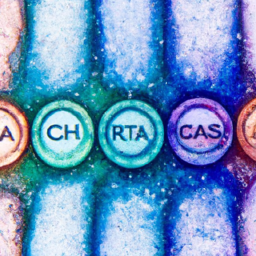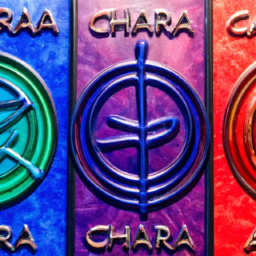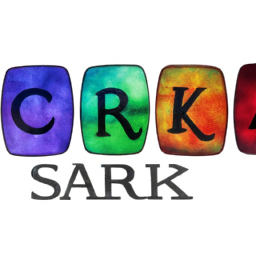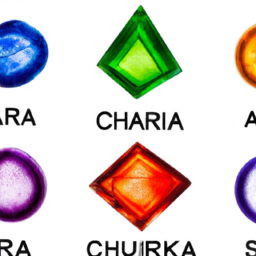
Exploring the Fascinating History of Chakrasana
Chakrasana, also known as the Wheel Pose, is a beautiful and challenging yoga pose that has been practiced for centuries. It is a backbend pose that resembles a wheel, hence the name. This pose is not only aesthetically pleasing, but it also has numerous physical and mental benefits. In this article, we will dive into the fascinating history of Chakrasana and how it has evolved over time.
The Origin of Chakrasana
The practice of yoga originated in ancient India over 5,000 years ago. The earliest mention of Chakrasana can be traced back to the ancient yoga text, Hatha Yoga Pradipika. This text mentioned Chakrasana as one of the 84 asanas (postures) essential for achieving the ultimate goal of yoga – self-realization.
Chakrasana is also known as Urdhva Dhanurasana in Sanskrit, which translates to upward-facing bow pose. In traditional yoga, the word “Chakra” refers to wheels of energy or life force within the body. This pose was thus named Chakrasana because it stimulates and energizes all the seven chakras in the body.
The Symbolism of Chakrasana in Mythology
Chakrasana holds deep symbolism in Hindu mythology, specifically in the story of the Hindu God, Lord Krishna. According to legend, when Lord Krishna was a child, he was known for his notorious habit of stealing butter. Once, while attempting to steal butter, he got caught by his mother, Yashoda. To escape punishment, the young Lord Krishna performed Chakrasana, and this mesmerized his mother. She was left in awe of his son’s flexibility and grace and forgot all about his mischief.
Besides this legend, Chakrasana is also associated with the Hindu deity, Lord Hanuman, who is often depicted in this pose. Lord Hanuman, who is considered the epitome of strength and devotion, is believed to have performed Chakrasana to honor his beloved God, Lord Rama.
The Evolution of Chakrasana
For centuries, Chakrasana remained an integral part of traditional yoga practice. However, it wasn’t until the 20th century that this pose gained popularity outside of India. In the 1920s, the famous yoga guru, K. Pattabhi Jois, incorporated Chakrasana into his teaching of Ashtanga yoga. This brought more attention to this pose, and it became a staple in the modern yoga practice.
In the 1940s, Chakrasana was further popularized by renowned yoga teachers such as B.K.S. Iyengar and T.K.V. Desikachar, who introduced it as a preparatory pose for inversions like Headstand and Handstand. Eventually, Chakrasana made its way into various yoga styles, including Vinyasa, Power Yoga, and Hatha Yoga.
The Benefits of Chakrasana
Chakrasana has a multitude of benefits for both the mind and the body. For the physical body, this pose stretches and strengthens the back, arms, legs, and chest. It also improves spine flexibility and corrects spinal misalignments. Regular practice of Chakrasana can also alleviate back pain, relieve stress and anxiety, and improve digestion.
On a mental and emotional level, Chakrasana is believed to stimulate the energy flow in the body and balance the chakras. It is also said to boost confidence, self-esteem, and courage. The pose is known to open the heart and allow for emotional release and acceptance.
In Conclusion
The history of Chakrasana is a testament to the rich and diverse origins of yoga. This pose, with its deep symbolism and numerous benefits, has stood the test of time and has evolved into a widely practiced asana in modern times. Whether you are a beginner or an experienced yogi, incorporating Chakrasana into your practice can bring about physical, mental, and spiritual harmony.
So next time you roll out your mat, take a moment to honor the history and significance of Chakrasana, and embrace the strength, flexibility, and peace that it brings to your mind, body, and soul.





I didn’t know much about Chakrasana before reading the article. Very interesting!
AnonUser: Definitely recommend reading this article if you want to learn more about Chakrasana!
Great article! #Chakrasana #Yoga
This is a very informative and interesting article about the fascinating history of Chakrasana! #yogalove